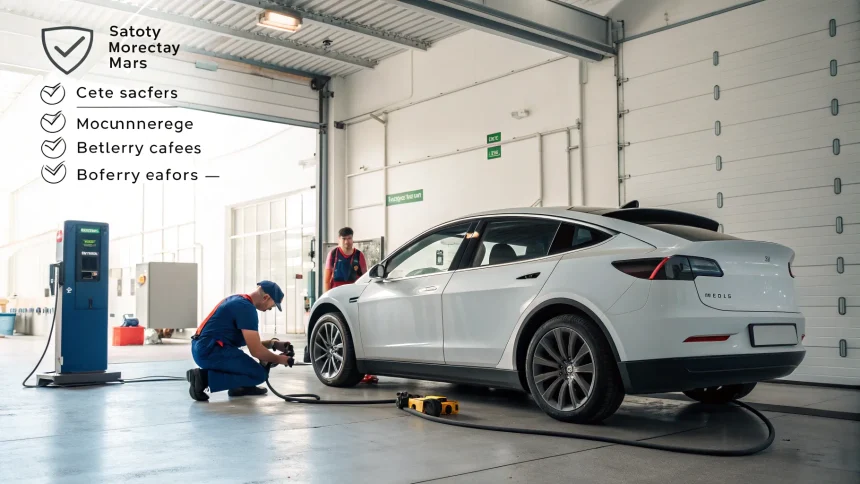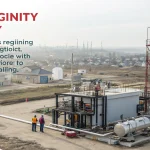Li Auto has moved to recall 11,411 units of its Mega electric multi-purpose vehicle in China after a reported fire last week, putting fresh focus on safety in a fast-growing market. The action comes as authorities and consumers watch how carmakers respond to thermal risks linked to high-capacity batteries.
Li Auto Inc. is recalling 11,411 of its flagship Mega multi-purpose electric vehicles in China after one of its cars caught fire last week, highlighting growing concerns about EV safety.
The company has not disclosed a root cause. No injuries have been confirmed in public statements. The recall will test customer trust in a brand that entered the pure-electric segment with a flagship model designed for families and long-distance travel.
What happened and why it matters
The reported vehicle fire led to a precautionary recall. Such steps are common in the auto sector, but they carry extra weight for battery electric models. Lithium-ion packs can fail if damaged, overheated, or poorly managed by software. Quick action can reduce risk while engineers study data and hardware.
China’s State Administration for Market Regulation typically oversees recalls, requiring carmakers to submit remedies and notify owners. The size of this action suggests Li Auto aims to address the issue across the entire affected production run, not just a small subset.
Safety in a booming EV market
China is the world’s largest market for electric vehicles, with new energy vehicles accounting for roughly one-third of new sales in 2023. High adoption has brought strong scrutiny. Videos of thermal incidents spread fast online, pushing companies to respond quickly and clearly.
Battery safety has improved with better pack design, more sensors, and software that limits charging when temperatures rise. Still, even rare failures can draw attention. Urban charging density, summer heat, and rapid charging can stress systems if management is not tuned well.
What the recall could involve
Most EV recalls fall into a few categories: software updates, charging limits, thermal management changes, hardware replacements, or added shielding. Automakers often start with software to adjust temperature thresholds or reduce peak charging rates while tests continue. If engineers find a hardware fault, they then schedule part replacements.
For owners, the repair window and parts availability matter. Service centers may stage work in waves. Clear instructions on charging and parking can reduce anxiety while vehicles await inspection or updates.
Implications for Li Auto and the industry
Li Auto built its reputation with range-extended models before launching the pure-electric Mega. A transparent handling of this event could contain damage to the brand and reassure first-time EV buyers. Poor communication, on the other hand, risks slower sales and higher owner churn.
For rivals, the recall is a reminder that safety remains a top purchase driver. Companies have invested in thermal barriers, cell-to-pack designs, and early warning systems. They also use over-the-air updates to deploy fixes in days, not months. Regulators may push for more real-world testing and stricter logging of battery health data.
What owners should do now
- Schedule the recall service as soon as notifications arrive.
- Install any over-the-air update immediately.
- Avoid fast charging if advised, and follow any temporary charging limits.
- Park in open or ventilated areas until service is complete.
- Report any heat warnings, odors, or unusual behavior to a service center.
What to watch next
Key questions include whether the issue is software-driven or tied to a specific batch of parts, and how quickly the company can complete repairs. Data from the investigation will guide whether charging profiles, thermal controls, or hardware need changes.
The recall highlights a central test for the EV market: keeping safety ahead of speed and scale. If the fix proves effective and communication stays clear, confidence should hold. Buyers will be watching timelines, transparency, and how well the remedy protects vehicles in real-world conditions.
For now, the immediate task is straightforward: notify owners, complete diagnostics, and apply a durable fix. The broader lesson is lasting—safety systems must keep pace with rapid adoption and higher energy densities. That is how trust in electric mobility is earned and maintained.







